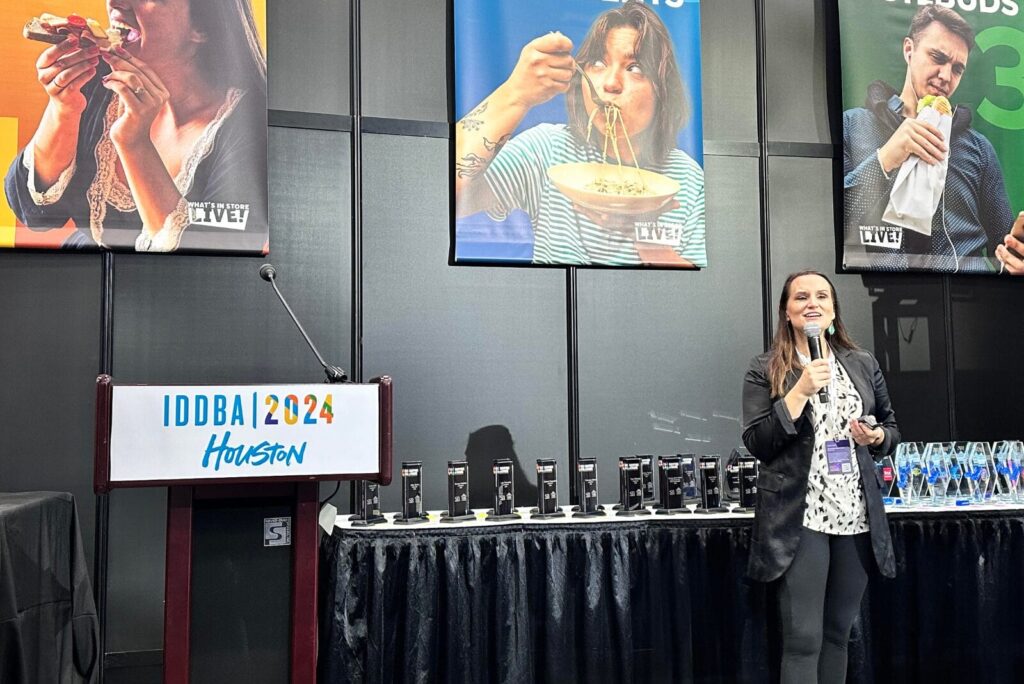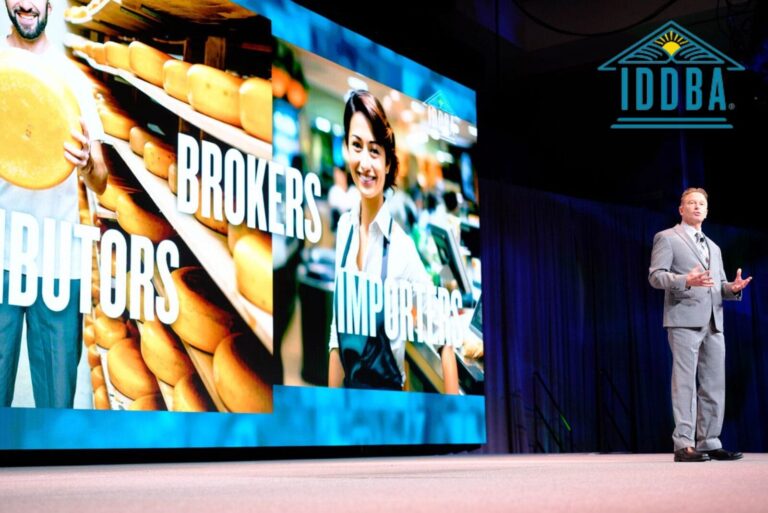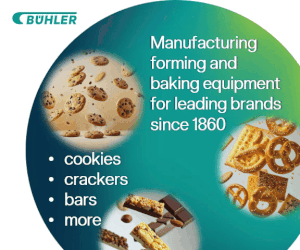HOUSTON — Snacking as a lifestyle is a growing trend, and retail and foodservice sectors are adapting to this shift with a rise in convenient, quality offerings.
During the presentation, “Snacking and Special Occasions,” held during the 2024 International Dairy Deli Bakery Association (IDDBA) convention in Houston, June 9-11, Jonna Parker, principal II of the Fresh Foods Client Insights Group at Circana, discussed how Gen Z and millennials have moved towards more frequent small meals and snacks than the preceding generations and how the dairy, deli and bakery industries can capitalize on these new ways of eating.
From a consumer perspective, retail price promotions are less effective than they have been in the past five years.
“That’s not to say people don’t want value,” Parker elaborated. “It’s to say that you need a combination of relevancy of taste and exploration at the right price.”
In response to the current economic situation, the perception of value has decreased foodservice traffic. What Parker dubbed a “barbell strategy” describes how the size of an occasion directly correlates with how much consumers are willing to spend and how value doesn’t solely indicate price.









